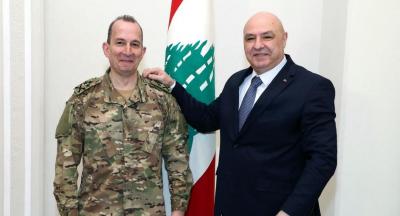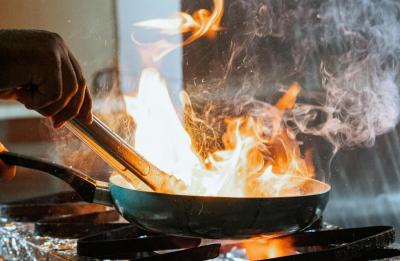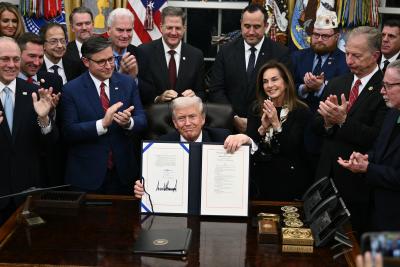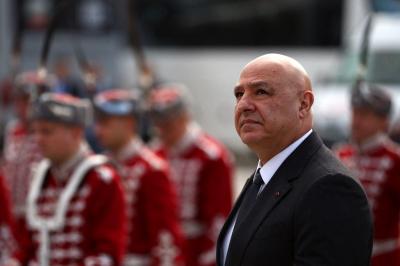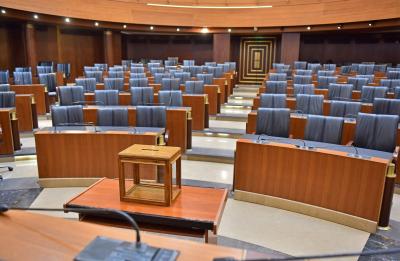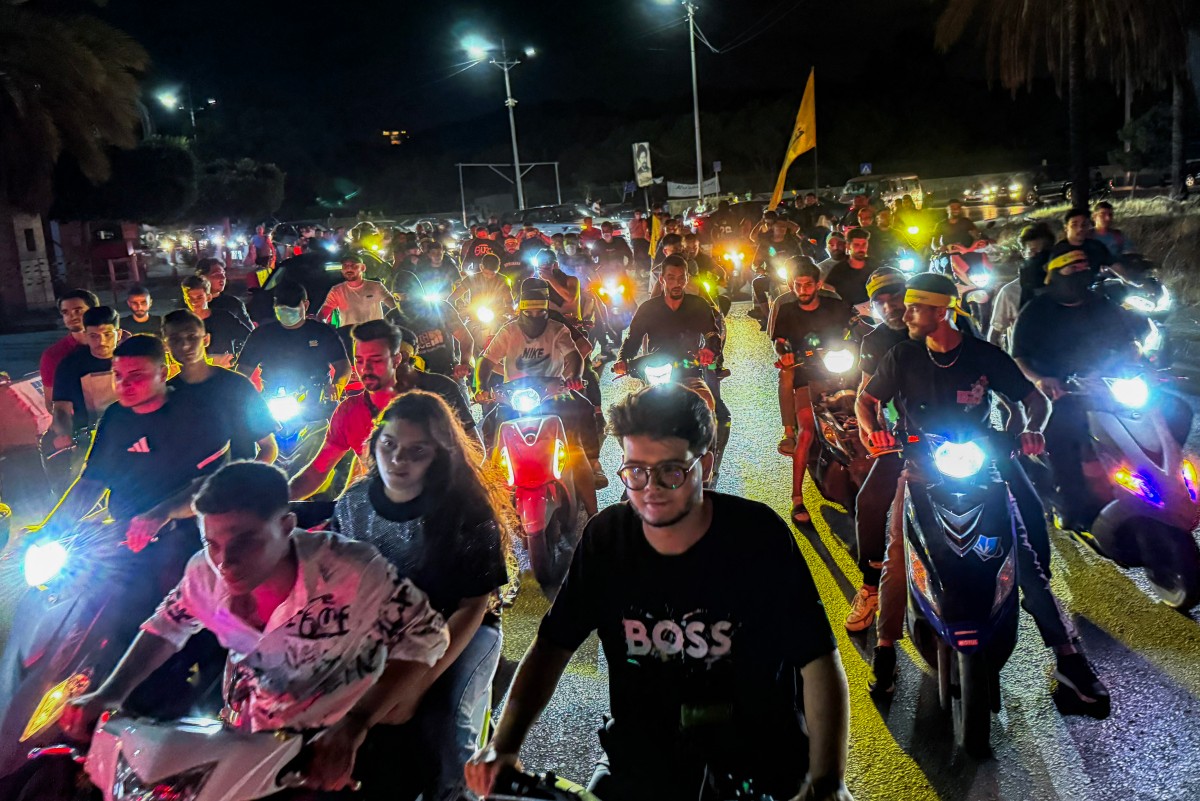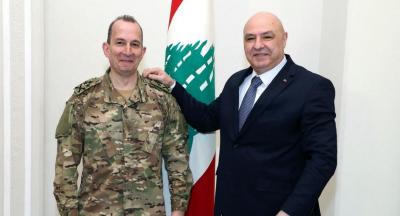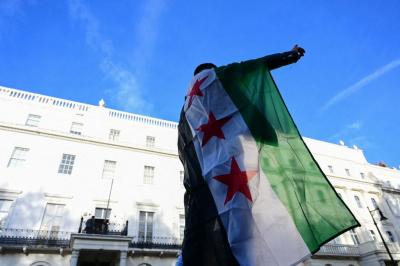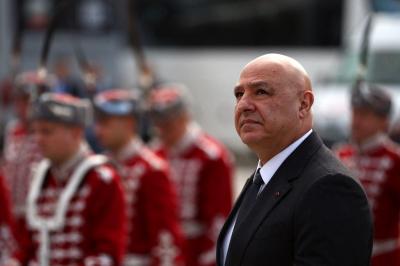No sectarian group in Lebanon has ever exhibited such complete political uniformity as the Shiite community. Its political decision-making is firmly held in the iron grip of the “Hezbollah–Amal” alliance, which monopolizes parliamentary representation in full. This unity stems from the bloodshed of the so-called “War of the Brothers” in the late 1980s and was cemented by the 1990 Damascus Agreement—brokered by the alliance’s patrons, Syria and Iran—on November 9 of that year. The pact forged political cohesion to the point of near-merger, despite ideological differences.
Even Lebanon’s Druze community never reached such uniformity, though it has succeeded in preventing bloodshed among its factions. The last major Druze–Druze battle was the 1711 Battle of Ain Dara between the Qaysis and the Yemenis. The Druze have preserved a margin for internal representation and political diversity, seen in Walid Jumblatt’s deliberate avoidance of excluding Emir Talal Arslan from parliamentary contests, leaving him a seat uncontested in multiple elections.
Today, the Shiite “duo” exploits its monopoly on representation to push a distorted interpretation of “national partnership” (al-mithaqiyya), tailoring it to its own scale. True national partnership exists between Christians and Muslims, not between religious sub-sects, and is based on equality among components, non-reliance on foreign powers, and safeguarding each group’s existence and role. Disarming "Hezbollah" would, in fact, strengthen national partnership by ensuring equality, blocking the party’s dependence on Iran, and posing no threat to the Shiite community’s role or presence. What is taking place is the separation of one faction’s military-security apparatus from its political identity, reining in its foreign ties, and rendering it a political party like all others.
Yet, the alliance has largely driven the Shiite community into isolation. "Hezbollah"’s Shiite critics struggle to obtain visas to various countries, face pushback when seeking to rent or buy property in certain Lebanese areas, and have been under heightened scrutiny since the “support war” (Harb al-Isnad) turned "Hezbollah" cadres into inevitable targets for Israeli attacks.
"Hezbollah" in Its Own Cocoon
"Hezbollah" now finds itself entangled in its own web, dragging the Shiite community with it, while knowing full well that:
- Its military arm has no future. Supply routes are severed, and the government has irrevocably decided to remove its weapons, ending any chance of political leverage through them.
- The regional “axis of resistance” is faltering. The Assad regime, once a key ally, is gone, replaced by a government hostile to "Hezbollah"—despite the party’s fierce past defense of Bashar al-Assad. Iran, meanwhile, keeps issuing statements to maintain its hold over "Hezbollah" as a bargaining chip but is unwilling to risk a serious confrontation to defend it, prioritizing preservation of its own regime.
- Reconstruction of war-damaged areas will remain frozen as long as "Hezbollah" keeps its weapons. Financial flows that once reached it with ease now arrive in drips, affecting salaries and services. No international investor will pour money into Lebanon’s recovery without disarmament—in fact, the country risks new sanctions and crippling financial classifications if the arms remain.
The party is at a loss over how to handle the government’s sovereign decision to task the army with drafting a plan—due by August 31—for collecting all non-state arms by year’s end. In 2008, "Hezbollah" responded to a government decision to dismantle its private telecom network and alter airport security posts with a military incursion into Beirut within 48 hours. In 2021, a "Hezbollah" minister pounded the Cabinet table over the Special Tribunal for Lebanon, leading to a six-week government paralysis.
Today, however, the party is in no position to launch another “May 7” scenario. Exhausted militarily and under constant Israeli targeting since the support war, it faces no domestic force willing to fight it, but it also knows it cannot break any other political component. Attempts to spark civil war have failed—thanks to a resilient army and political actors’ refusal to take up arms.
So far, "Hezbollah" has avoided resigning from the Cabinet, as in 2006, or boycotting sessions, as in 2021, unwilling to surrender its last shreds of political cover. After failing at the August 7 Cabinet meeting to reverse the August 5 sovereign decision, it is buying time until the end-of-month session to discuss the army’s disarmament plan.
Meanwhile, it is “heating up” the streets with popular rallies and motorcycle convoys, offering its base a controlled outlet for frustration. But unlike in the past, the Lebanese state—through the army—has set strict limits: no provocative “invasions” into unfriendly areas, no slogans in hostile zones, and an absolute ban on blocking the airport road or other main highways.
Iran Breaks Diplomatic Norms
The disarray within the Shiite duo has pushed Iran to breach all diplomatic norms, issuing statements that blatantly violate Lebanese sovereignty and betray its frustration at losing its "Hezbollah" card. A day after the Cabinet’s decision, Iranian Foreign Minister Abbas Araghchi declared the disarmament plan “doomed to fail” and rejected any such effort. Soon after, Ali Akbar Velayati, senior adviser to Iran’s Supreme Leader, asserted that Tehran “absolutely opposes” "Hezbollah"’s disarmament, calling it “a dream that will never come true.”
Lebanon’s Foreign Ministry responded firmly, rejecting “the blatant interference of one state in the affairs of another and the incitement of a faction to defy a government decision.”
The question now is whether "Hezbollah" will heed the lessons of history—that no faction rises above its nation—or whether the party’s confusion and Iran’s pressure will push it toward a self-destructive path.
Please post your comments on:
[email protected]
 Politics
Politics
